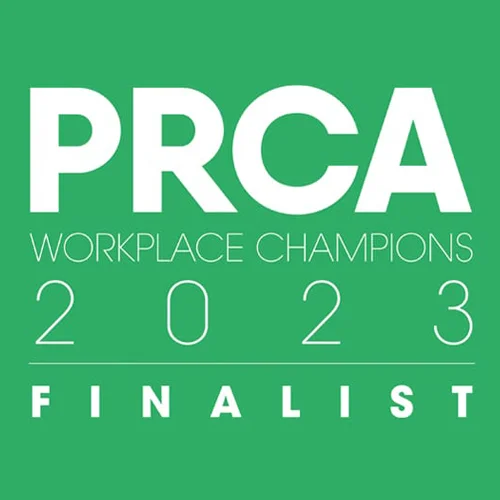The news that the Citizens Advice Bureau (CAB) is set to use churches, and other places of worship, to provide face-to-face advice in the local community, after cuts in their funding meant their own property portfolio has been rationalised, got me thinking what other buildings could become multi-use.
People already use coffee shops, parks, museums and galleries to perch with their laptops and catch up on emails. Meanwhile many home-based knowledge workers, disillusioned with (or lacking the discipline to) work from home pop to libraries or use their local serviced office (which are springing up all over the place and not just from the likes of Regus and MWB) occasionally.
How about schools outside of term times? Colleges and universities hire out their facilities to organisations for conferences, is there a role for schools to become mini drop-in centres for advice, get-togethers or even a local hub for workers (although the chairs can be on the small side sometimes…).







